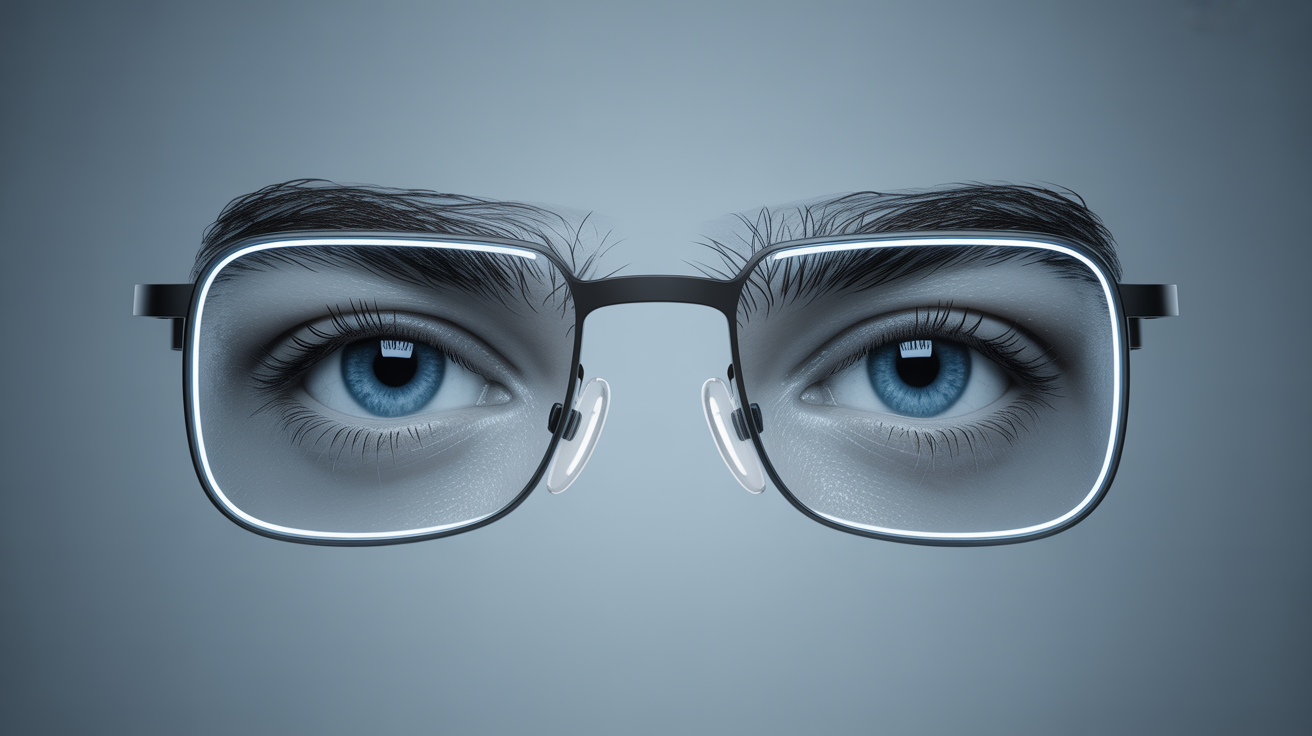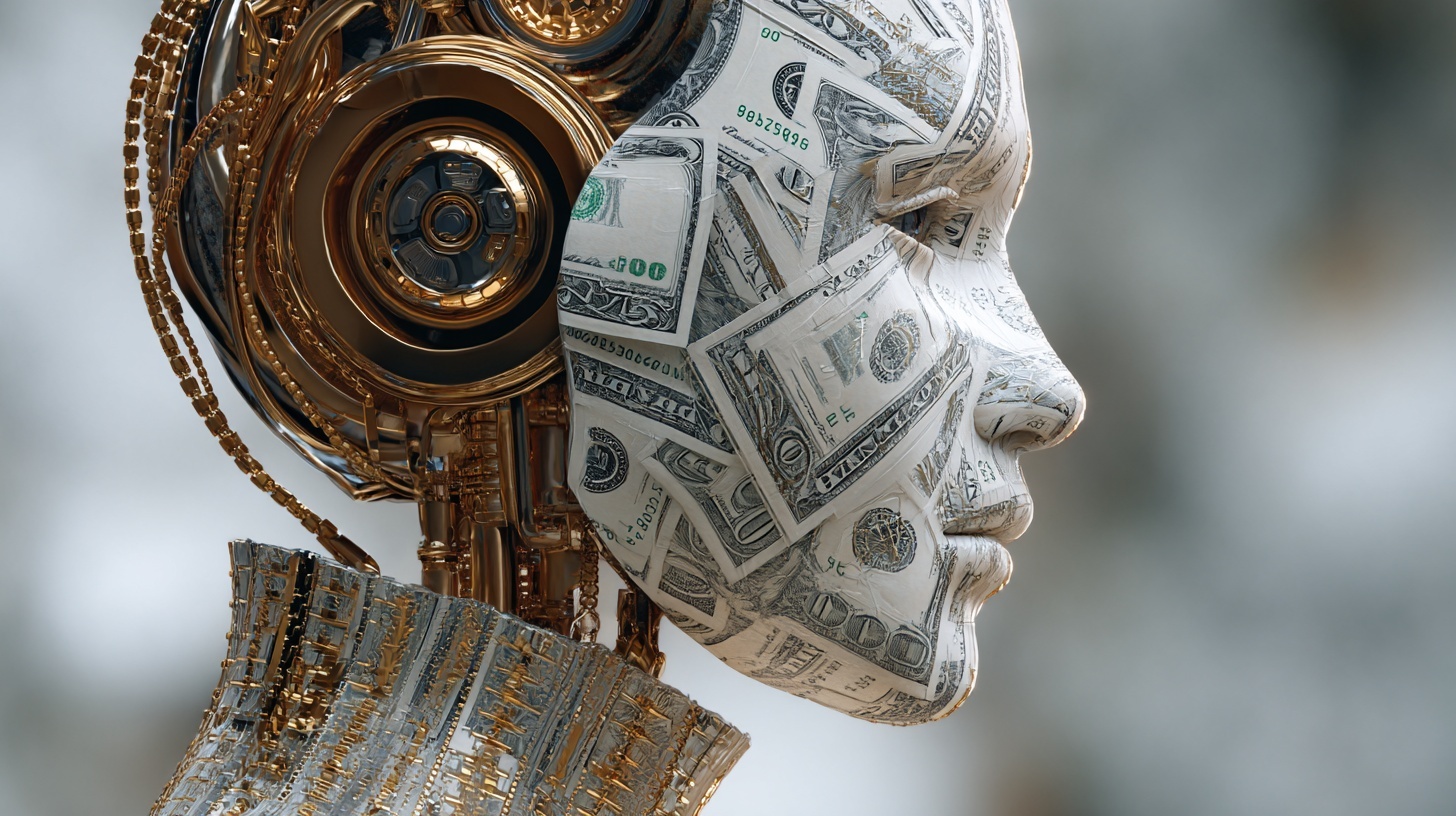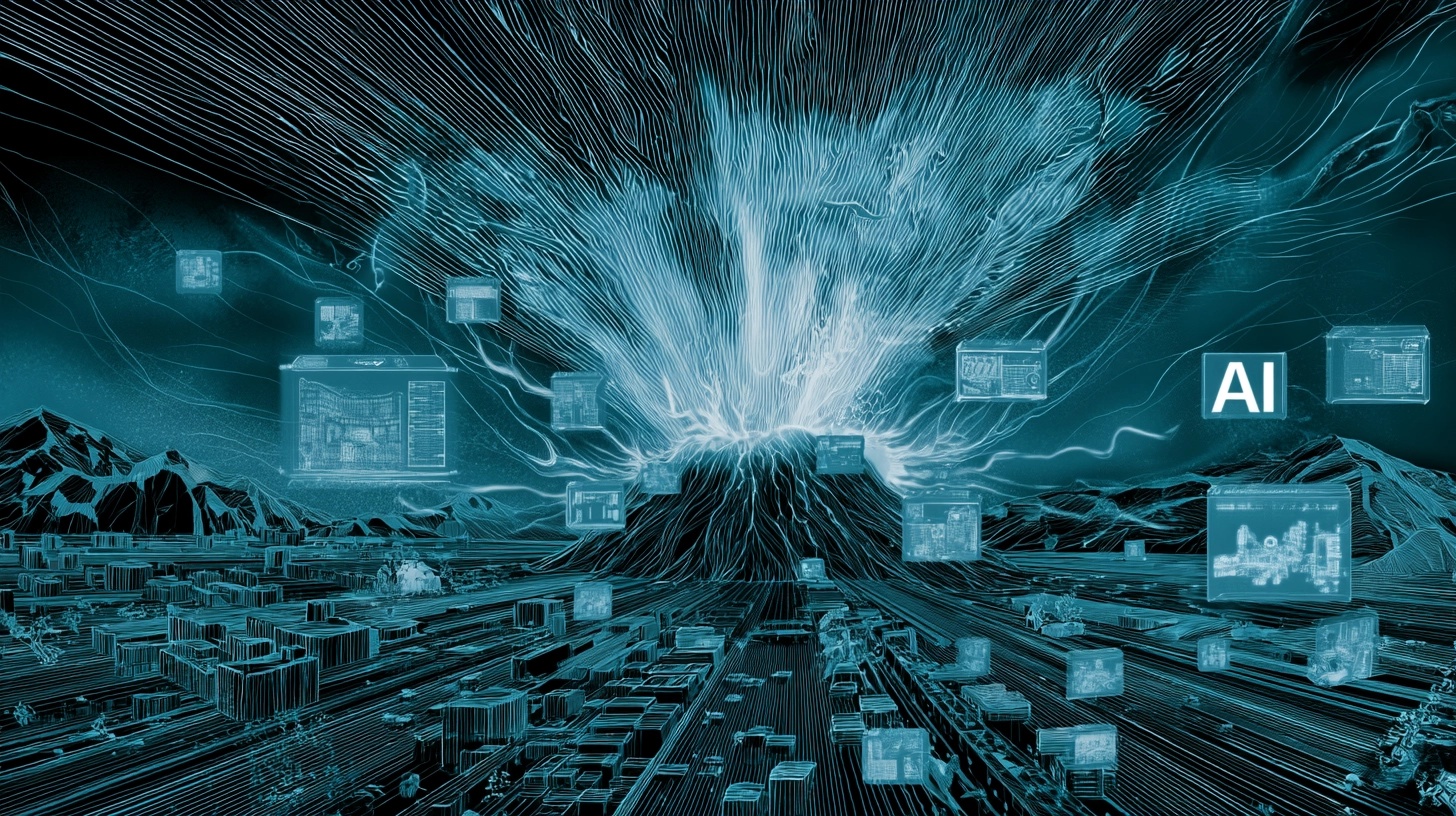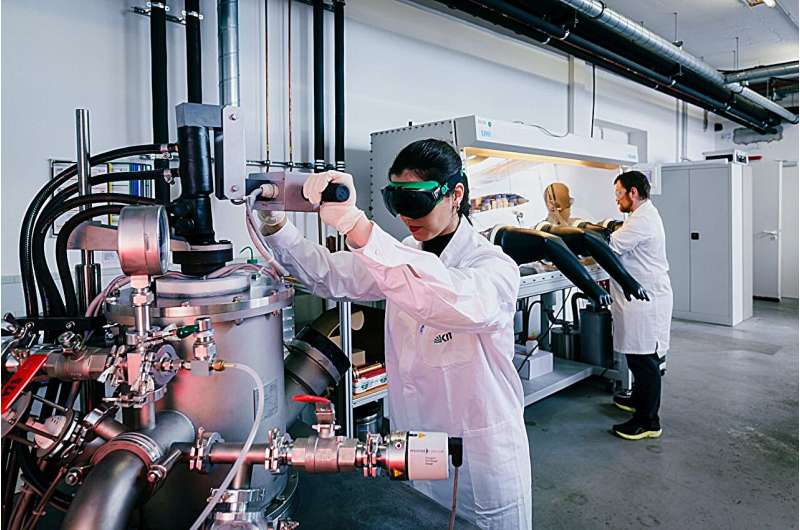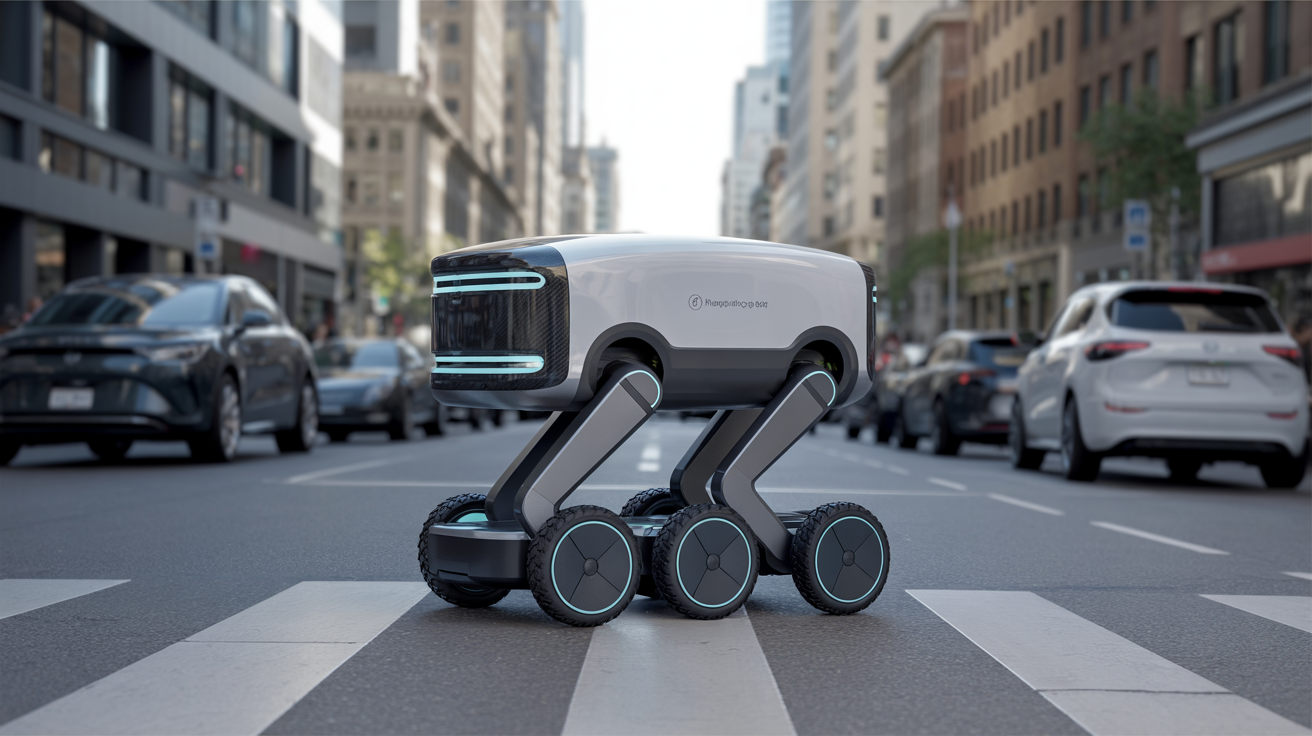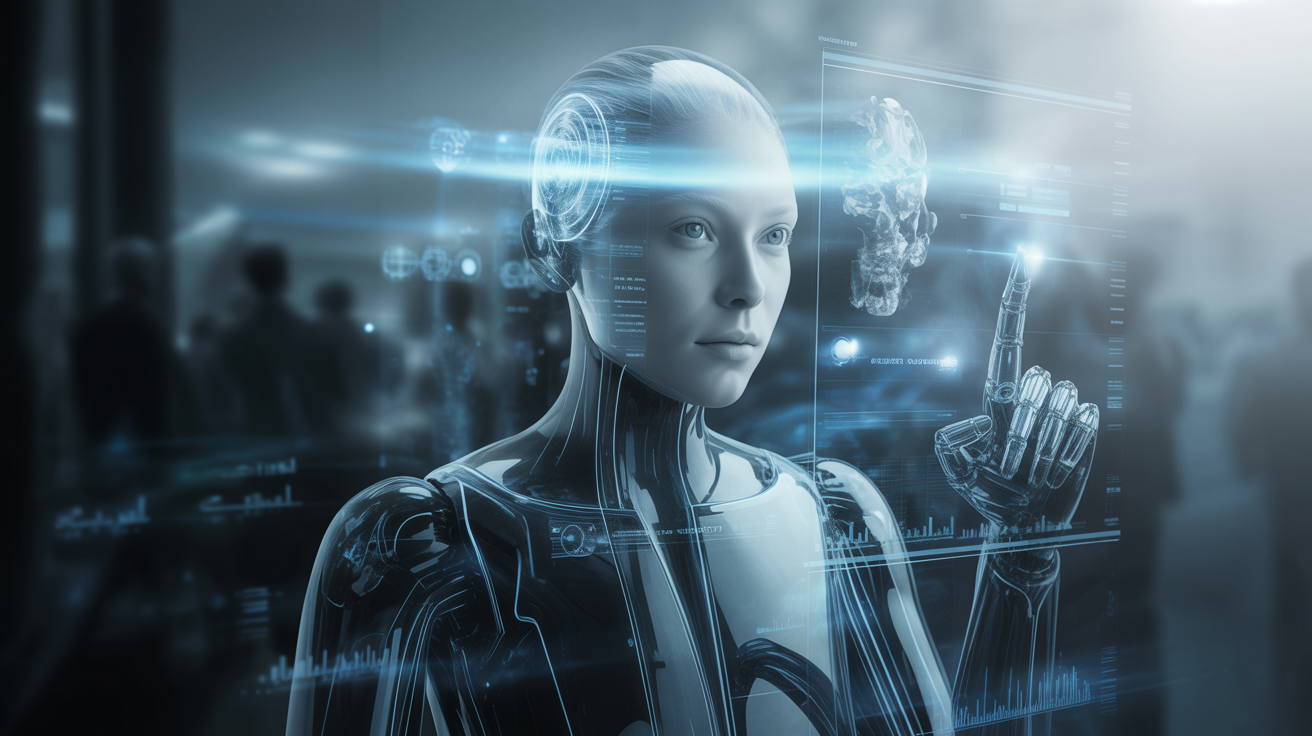By Futurist Thomas Frey
In 2025, a quiet revolution began among the 1%—not the financial elite, but the optical pioneers. Around one percent of people with vision problems stopped wearing prescription glasses. Not because of surgery, not because of LASIK, but because of something entirely new: AI-powered adaptive eyewear. These early adopters wore glasses with electrochromic lenses—microscopic layers that change their optical properties in milliseconds, dynamically adjusting focus based on what the wearer is looking at. Screen text two feet away? Instantly crisp. A road sign a hundred meters down the highway? Instantly refocused. No bifocals. No progressive lenses. No need to swap glasses. The experience was seamless, automatic, and profoundly liberating. Most early adopters described it the same way: “I forgot I even had vision problems.”
By 2040, the technology has matured—and prescription glasses as we once knew them are gone. The optical industry has shifted from static correction to dynamic enhancement. Instead of lenses that passively bend light, we now have adaptive optics—intelligent systems that actively optimize vision in real time.
Continue reading… “The End of Prescription Eyeglasses”
